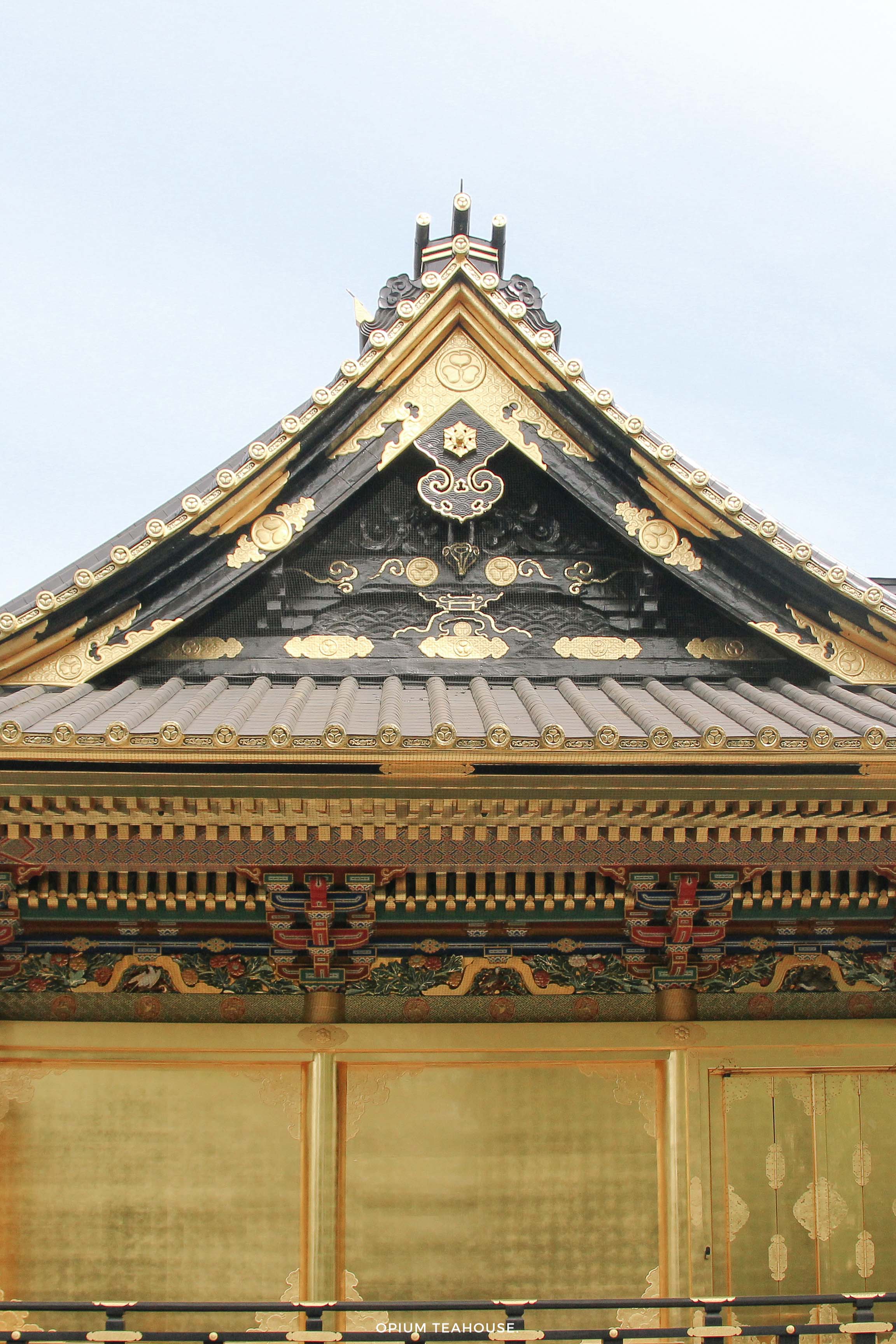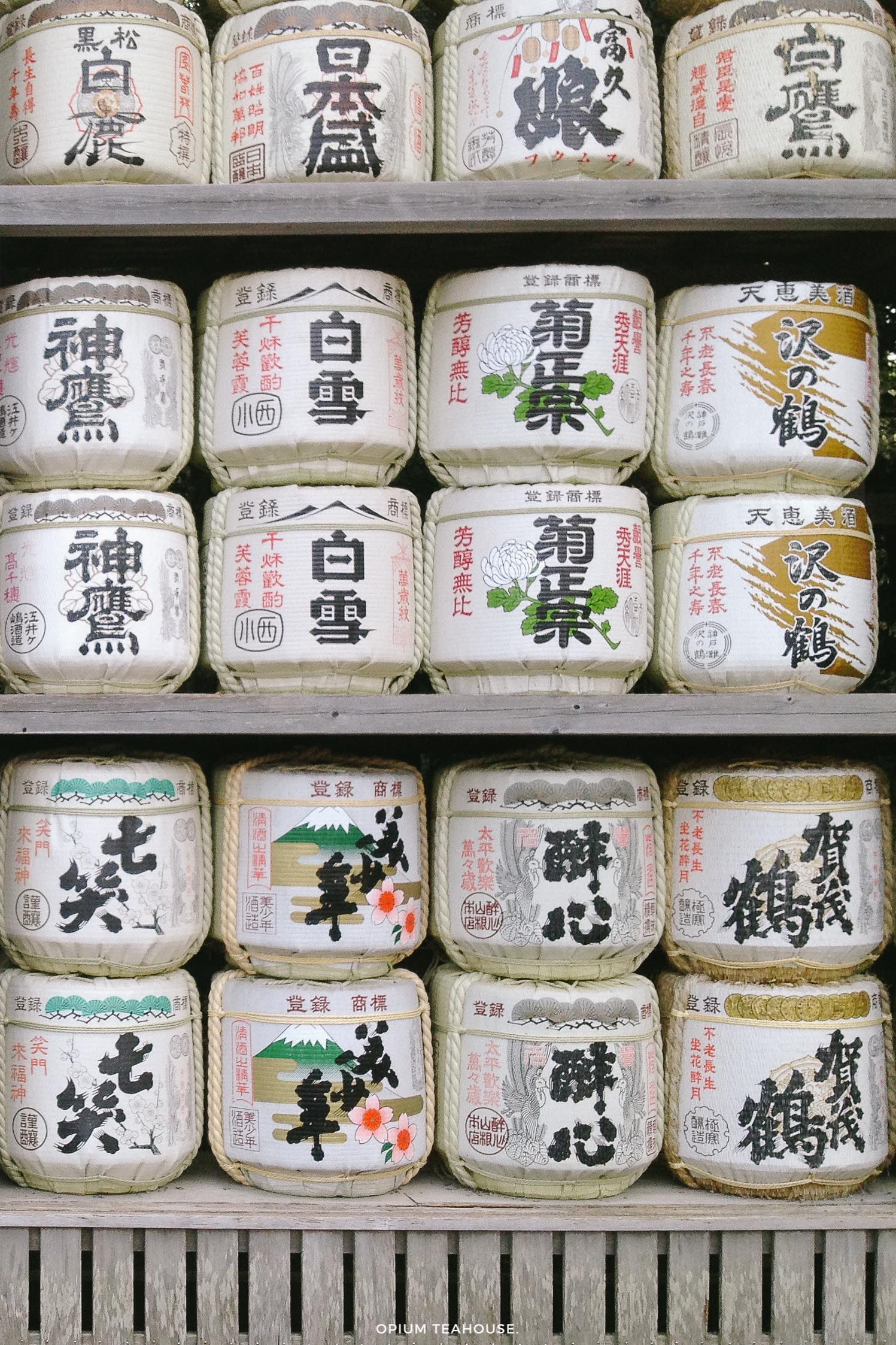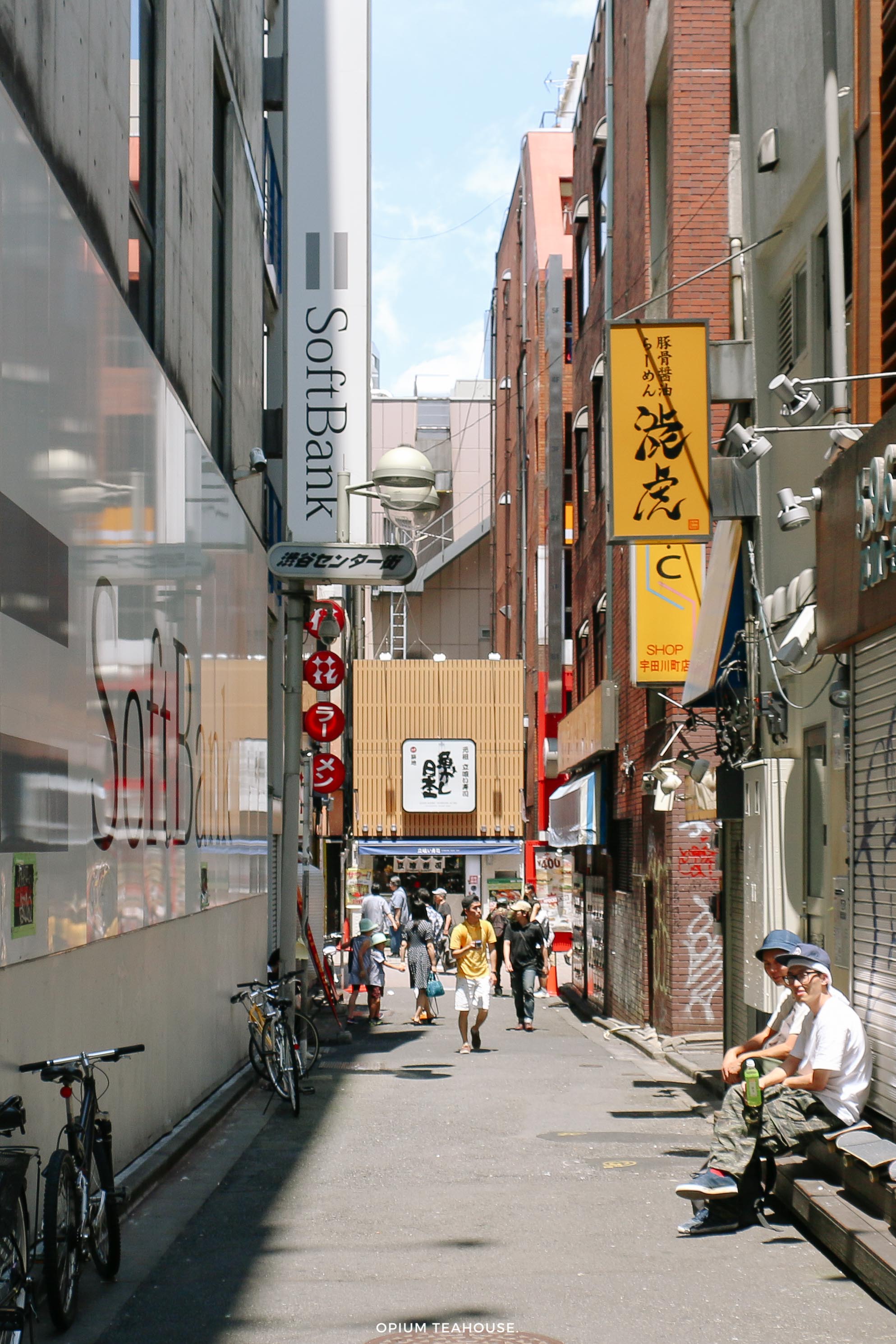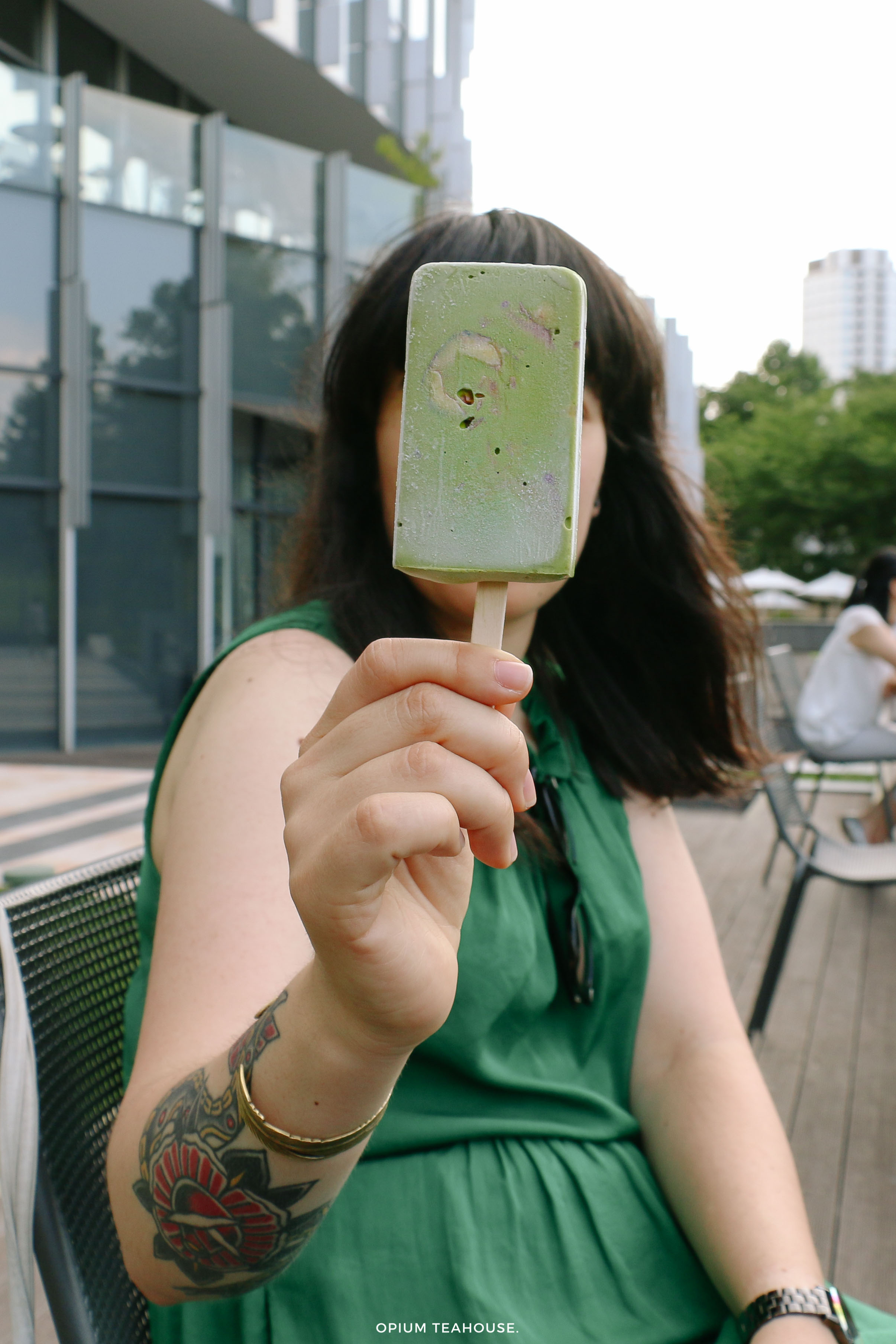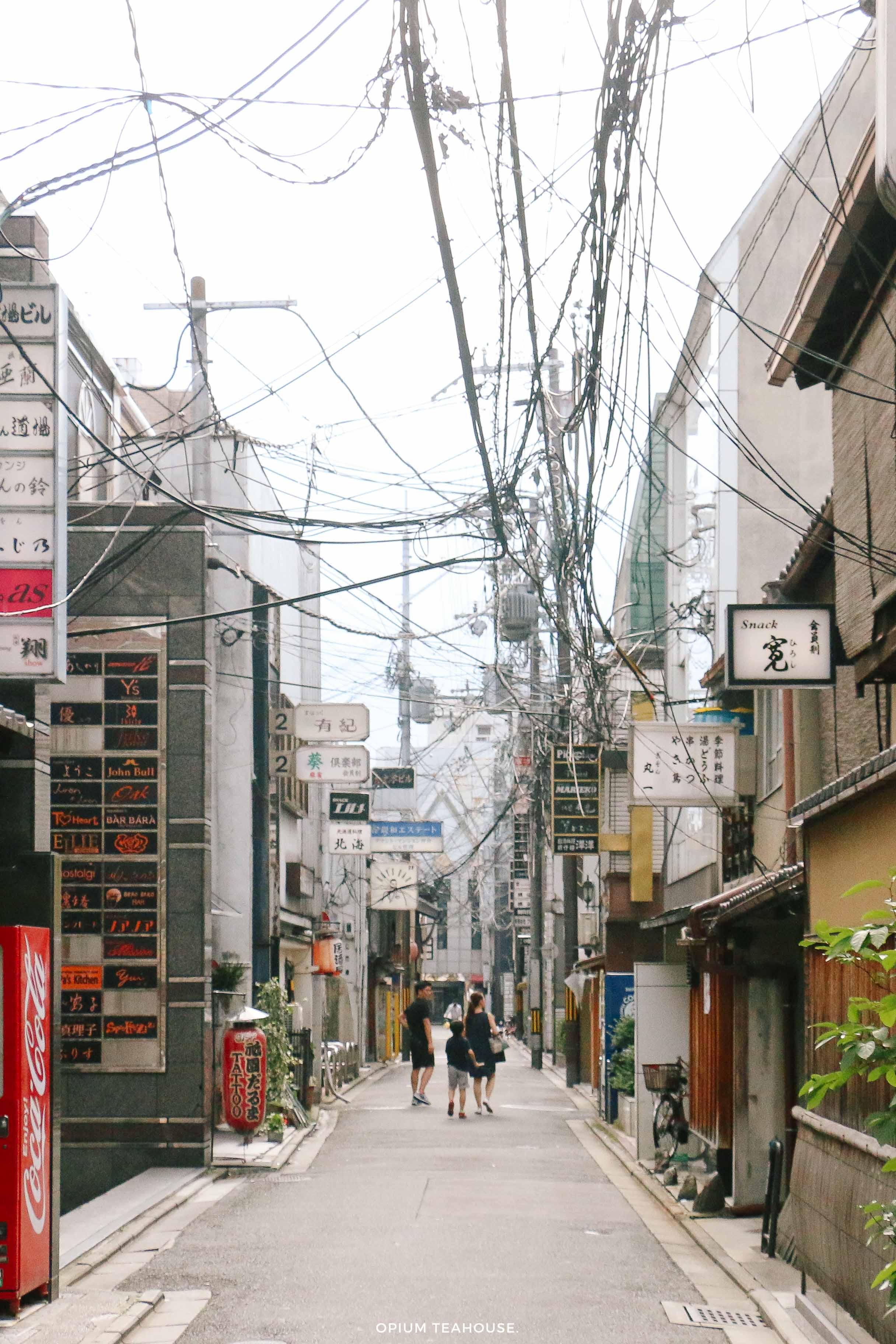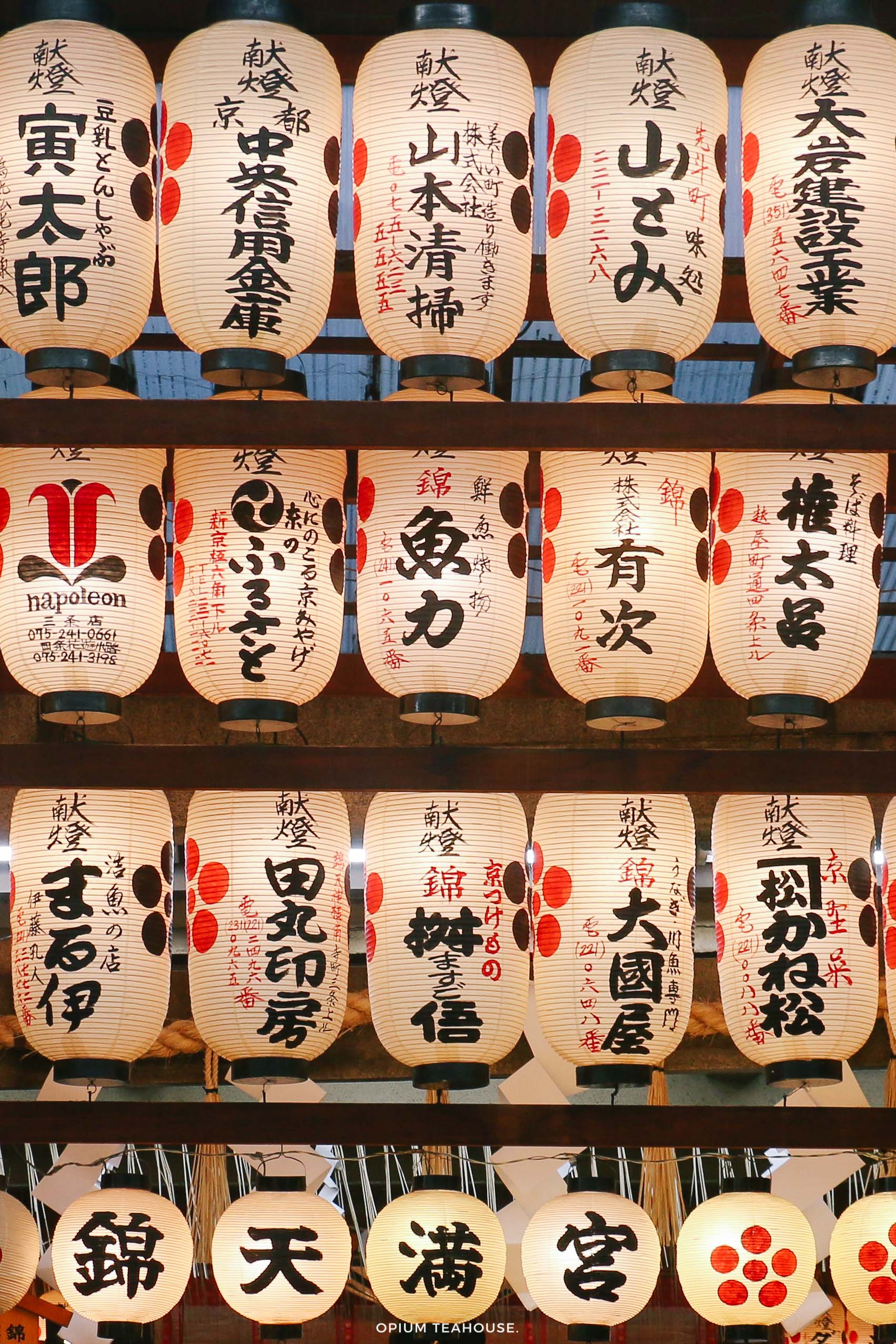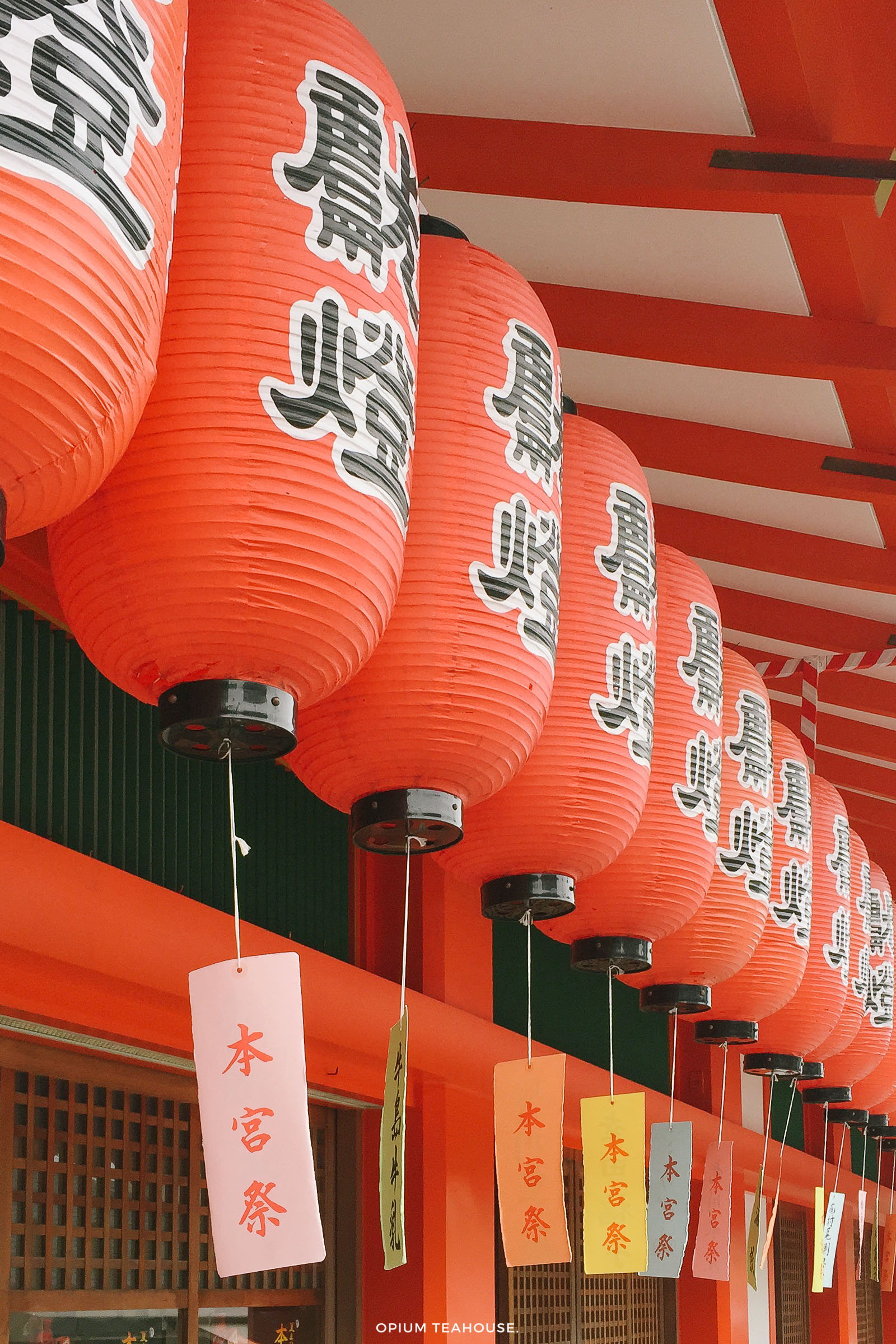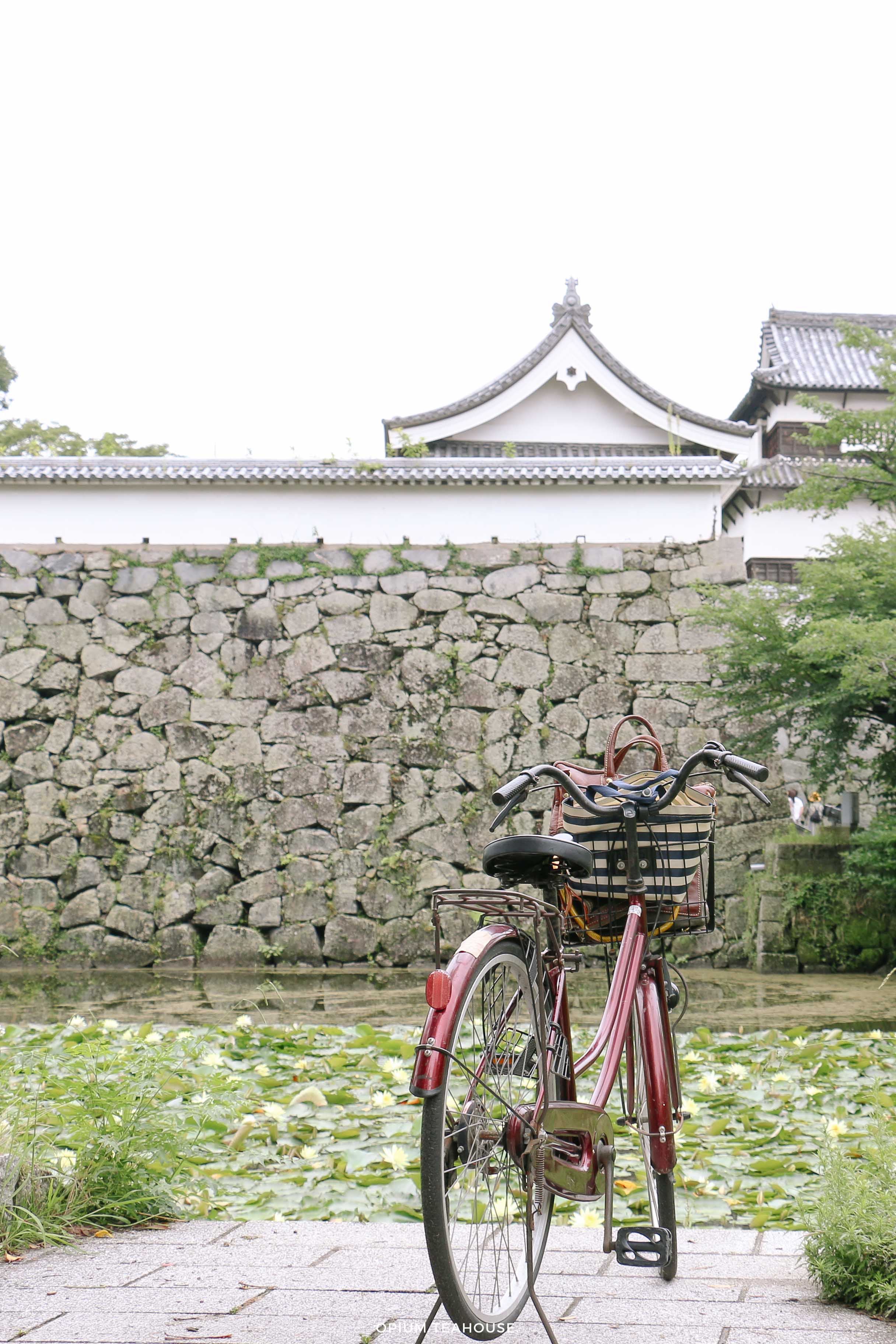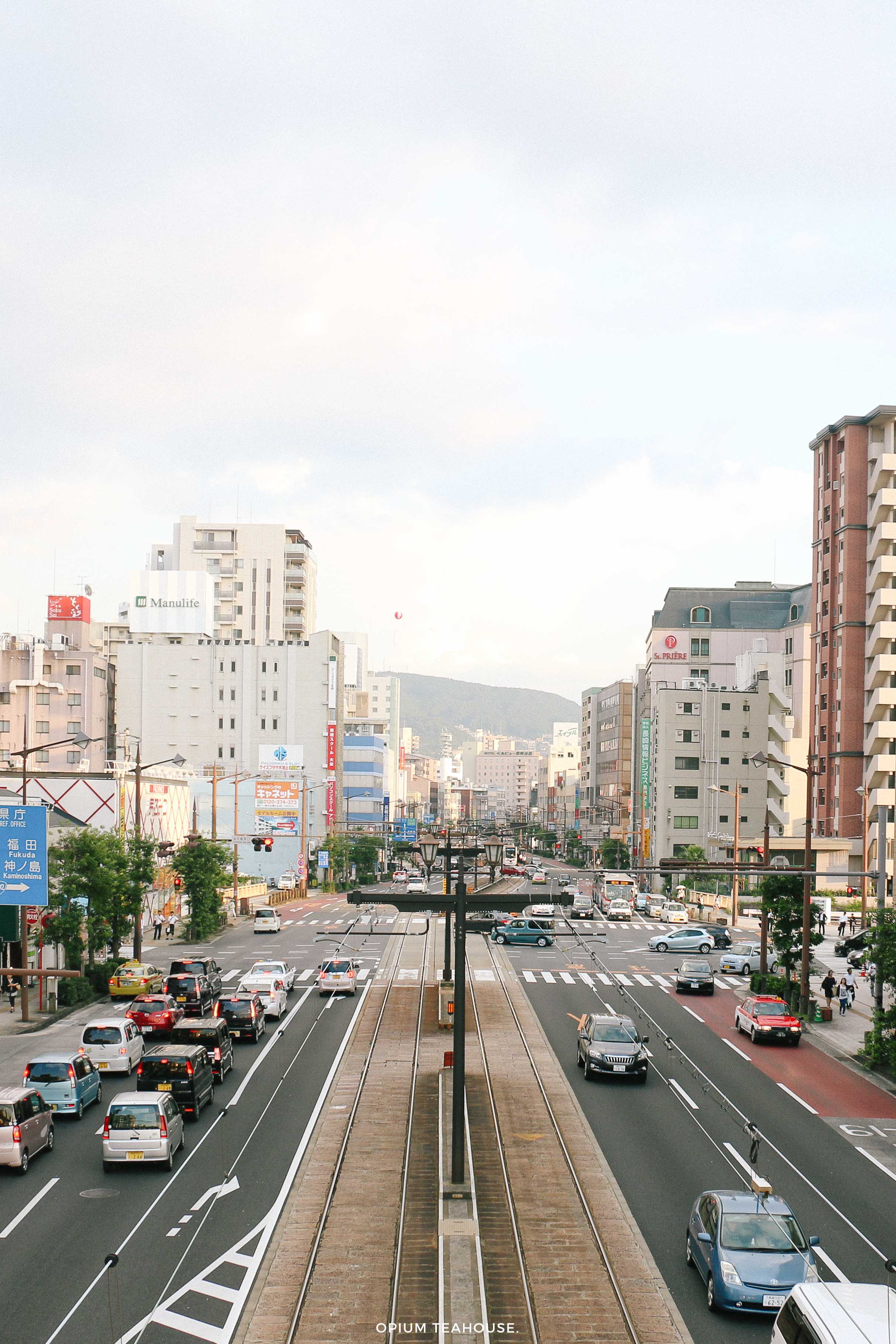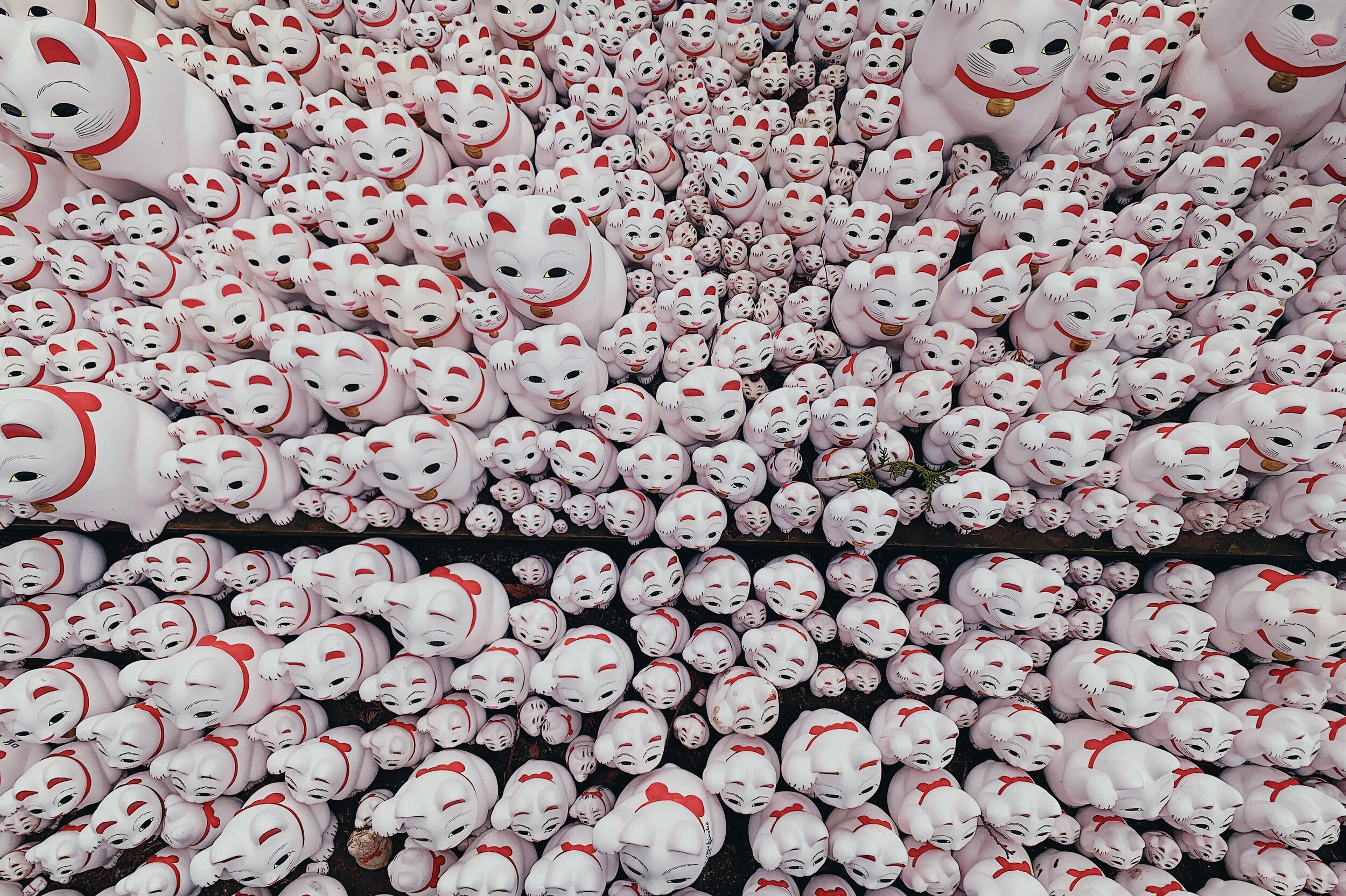16 days of Summer in Japan
The revitalising warmth of the sun on our shoulders — a slice of heaven after a 12-hour flight from London — eased us into a sense of peace, heightened by the silently ordered chaos of Shibuya. As we walked across the busiest crossing in the world, in search of sustenance, I couldn't help to notice the bright sky.
When
End of June to early July
How long
16 days/17 nights
Weather
High humidity with temperatures 28˚- 35˚
Tourist crowd
Most historical places were packed with Japanese tourists and school trips.
Tsuyu — literally 'plum rain' and coinciding with fruit's ripening season — is widely considered as the less suitable season to visit Japan. From the beginning of June to mid-July, the collision of cold and warm air masses deliver a couple of weeks of stable bad weather throughout the country.
However, contrary to popular belief, rain doesn't make itself known every day during the summer months. Furthermore, there're quite a few advantages of visiting during the low season — tourist activity is lower for most popular outdoor attractions and the scenic beauty of summer foliage.
Our summer itinerary started in Tokyo, then to Kyoto, Hiroshima, Fukuoka and Okinawa. The idea was to make use of the JR Pass — a train pass that gives you access to all of the JR trains for a set period of days — and travel to the southern city of Fukuoka. From there, a short flight to Okinawa, the sub-tropical paradise and the southernmost island of Japan.
The plans were disrupted, and we didn't make it to Okinawa due to the proximity of Typhoon Falcon. With flights grounded and a couple of days to spare, we ended up exploring the Kyūshū in greater depth and returning to Tokyo for another three nights in the city.
IN DETAIL
Tokyo
5 nights
Having visited the city a year before gave us a good feel for where we wanted to stay: Minato. We found a nice AirBnb in Akasaka — just behind Tokyo Midtown shopping mall and Hinokicho Park — quiet residential and commercial district, a stone's throw away from the nightlife and glitz of Roppongi Hills.
“Five days in Tokyo is enough to get a feel of the city, visit the main areas and do a couple of day trips.”
For the first days, we explored the city dividing it into areas: Shibuya for Meiji Jingu and Harajuku; Ebisu for trendy Naka-Meguro; Akihabara for arcades and geeking out and Asakusa for the old town. All these areas are serviced by the Yamanote Line, a circular line that connects all points of interest in the city.
We revisited Tsukiji Fish market but skipped the tuna auction for breakfast at Sushi Dai — a reasonably priced eatery, considering its fame for being one of the freshest sushi restaurants. The outside market is as impressive as the fish market itself. Vegetable and spices stalls shoulder to shoulder with knife dealers and tiny restaurants form a labyrinth of crammed and hectic streets. By lunchtime, we headed to Ueno park for a picnic and some peacefulness.
In between our days in Tokyo, we took two day-trips. The first was for the mountain town of Nikko, where we visited the lavish Toshogū Shrine and the one hundred meters tall Kegon waterfall. On the second, we ventured to Enoshima, a small archipelago famous for its caves. With no expectations, we found an island filled with beaches, shrines and hiking trails, boasting views of Mt Fuji.
The days would always end with scrumptious dinners, Japanese craft beer, and the occasional incursion to a drunkard alley.
Kyoto
4 nights
Wanting to stay relatively central, we opted for a simple hostel on an old Japanese house a few block away from Nijō Castle. Kyoto is vast but less condensed; there's also more temples than you can tackle in a year. Adopt the city's solemn peacefulness and taking it easy is the best way to go around.
Like Tokyo, we divided the city into areas and organised out days according to the points of interest. We revisited Kinkaku-ji (The Golden Pavillion), Kyomizudera and Fushimi Inari Taisha (a quick train ride south of the city centre), and explored Shoren-In for the first time — a lovely, less known temple with a magnificent garden.
Arashiyama's bamboo forest and Tenryuji — one of Kyoto's five magnificent Zen temples — is a great quick city escapade. On the last night, we decided to spend a night at a ryokan — the traditional Japanese inn — in the heart of Gion, and it was one of the best experiences of the trip. The 12 course Kaiseki dinner was a piece of art with every dish cooked to perfection.
Hiroshima & Miyajima
1 day
On the way down to Fukuoka, we stopped in Hiroshima. The primary goal was the revisit Miyajima island — home of the giant O-Torii which at high tide seems to float on the water. To get there, we took a 25-minute train out to Miyajimaguchi and a short ferry ride (both covered by the JR Pass).
The island looks like it was taken straight out of the Final Fantasy universe — the floating tori and Itsukushima shrine welcome and invite us to sit by the shore contemplating the scenery. As we walked into the mountain, we visited Daisho-in, a large Buddhist temple complex, with several halls and statues along the paths. Before heading back to Hiroshima to visit the Peace Park and the A-Bomb Dome, we had lunchat Kaki-ya, one of the many oyster restaurants near the pier.
Fukuoka
4 nights
As the weather took a turn for the worse, Fukuoka was where we took it easy. It's not a touristic town, but it has charm with a couple of interesting shops and it's very own ramen recipe — Hakata Ramen. We stayed at Michi's lovely and spacious AirBnb and wandered around town, checking out the night food stalls along the river and several of its gardens.
When we're notified that the flights were grounded and Okinawa was cancelled, we took a day trip to Nagasaki. Much like Fukuoka, Nagasaki is a quiet port town, and if it weren't for the infamous bombing during WWII, there would be hardly any reason for tourists to visit. On our last day in Fukuoka, before getting the Shinkansen back to Tokyo, we ventured to Nokoshima Island.
Tokyo
3 nights
With disrupted plans, we booked a last minute hotel in Ginza and enjoyed the last days in the capital. We checked out stores and cafés, went to a Baseball game at Meijijingu Stadium and cycled through the Imperial Palace on a sweltering hot Sunday.
Other recommendations
Craft Beer Bar iBrew, Tokyo — foursquare
Itasoba Kaoriya Soba Restaurant, Tokyo — foursquare
Honke Owariya Soba Restaurant, Kyoto — foursquare
Songbird Design Store and Café, Kyoto — website
Daimyo Dude Bar, Fukuoka — foursquare




